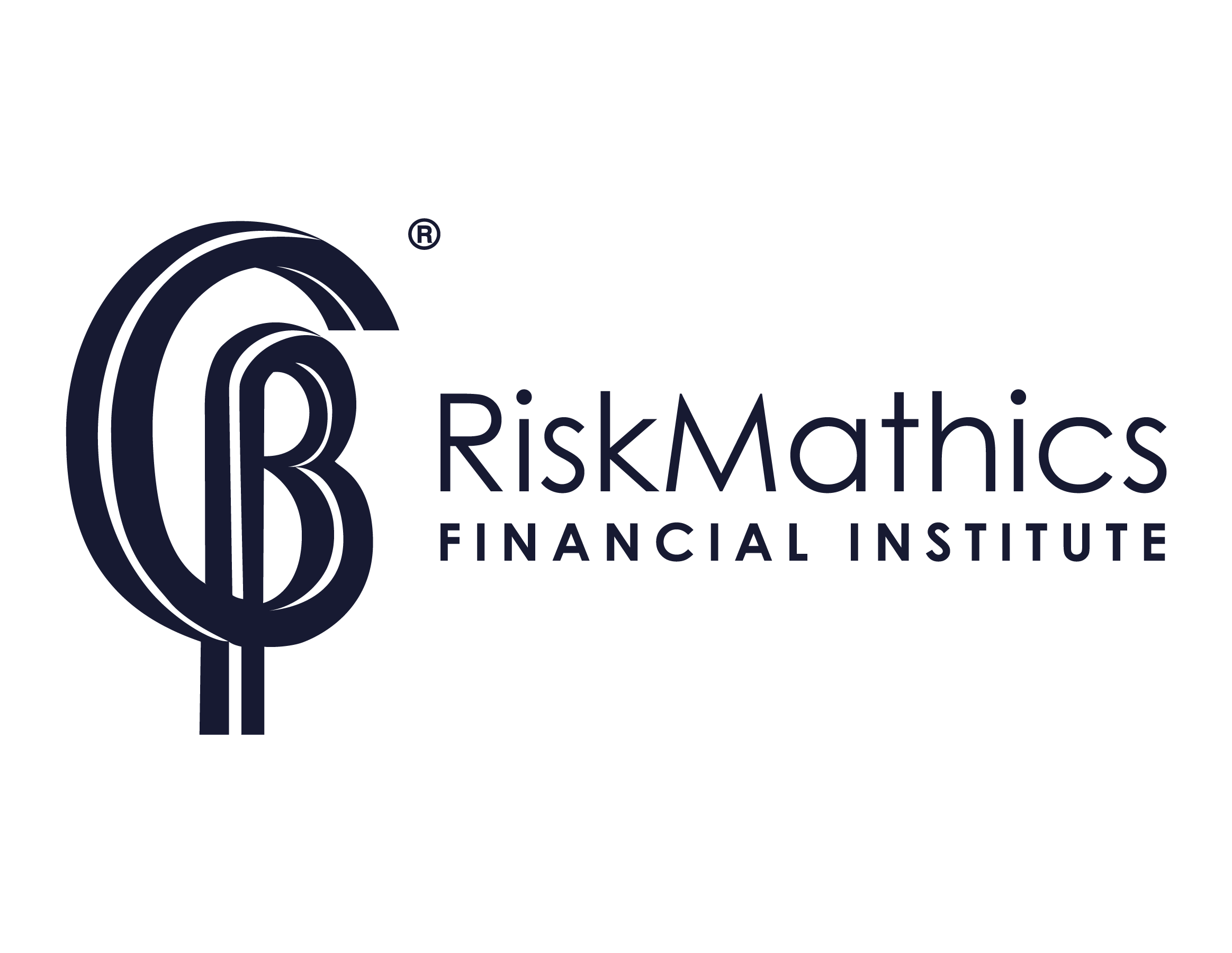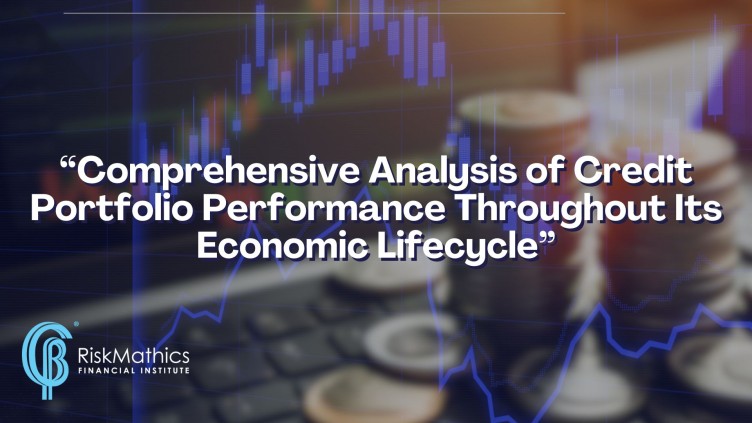Introduction
we delve into the multifaceted dimensions of managing a credit portfolio, focusing on its performance throughout its economic life. We examine key concepts such as equity capital, regulatory capital, risk-adjusted capital, and economic capital, exploring their impact on the portfolio’s sustainability and profitability.
Credit Portfolio Performance Over Its Economic Life
A credit portfolio’s economic lifecycle is marked by its ability to generate profits while managing risks. The performance of such a portfolio is influenced by the quality of its assets and the effectiveness of its risk management strategies. Throughout its lifecycle, the portfolio undergoes various phases, from acquisition and growth to maturity and decline, each demanding specific management strategies to maximize returns and minimize losses.
- Equity Capital
Equity capital represents the funds contributed by shareholders. It serves as a buffer against potential losses and is crucial for supporting ongoing operations and future growth. In a credit portfolio, maintaining a robust level of equity capital ensures that the institution can withstand financial fluctuations and uphold investor confidence.
- Regulatory Capital
Regulatory capital is mandated by financial authorities to ensure that institutions have enough cushion to absorb losses before they affect depositors and other creditors. It includes components like Tier 1 and Tier 2 capital, which are critical in maintaining financial stability and compliance with regulatory requirements.
- Risk-Adjusted Capital
Risk-adjusted capital is a refined metric that takes into account the risk profile of the portfolio’s assets. This form of capital allocation helps financial institutions identify the real economic impact of different asset classes and adjust their capital buffers accordingly.
- Economic Capital
Economic capital is the estimated capital that a bank needs to cover risks that it faces, which is crucial for long-term financial stability. It is calculated based on potential losses over a given confidence interval, thus providing a more realistic assessment of the capital required to safeguard against potential financial distress.
Conclusion
Understanding the intricate balance between different forms of capital and their roles in a credit portfolio’s lifecycle is essential for effective financial management. By aligning regulatory requirements with economic reality, institutions can better prepare for uncertainties and ensure sustainable growth.
Learn more at: https://riskmathics.com/landing/BCSM2024
#CreditPortfolio #FinancialManagement #RegulatoryCapital #RiskManagement #EconomicCapital

